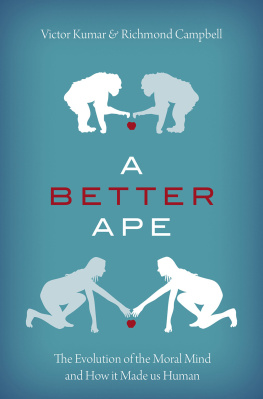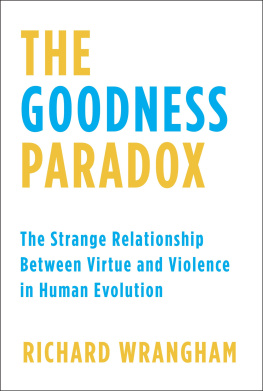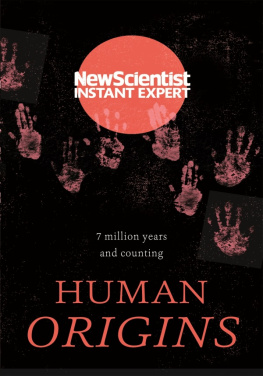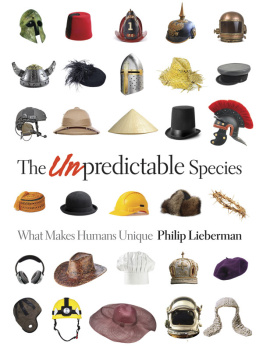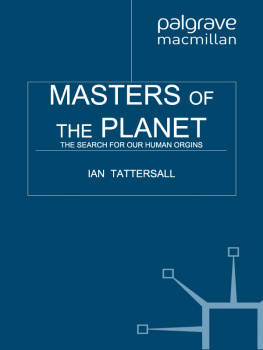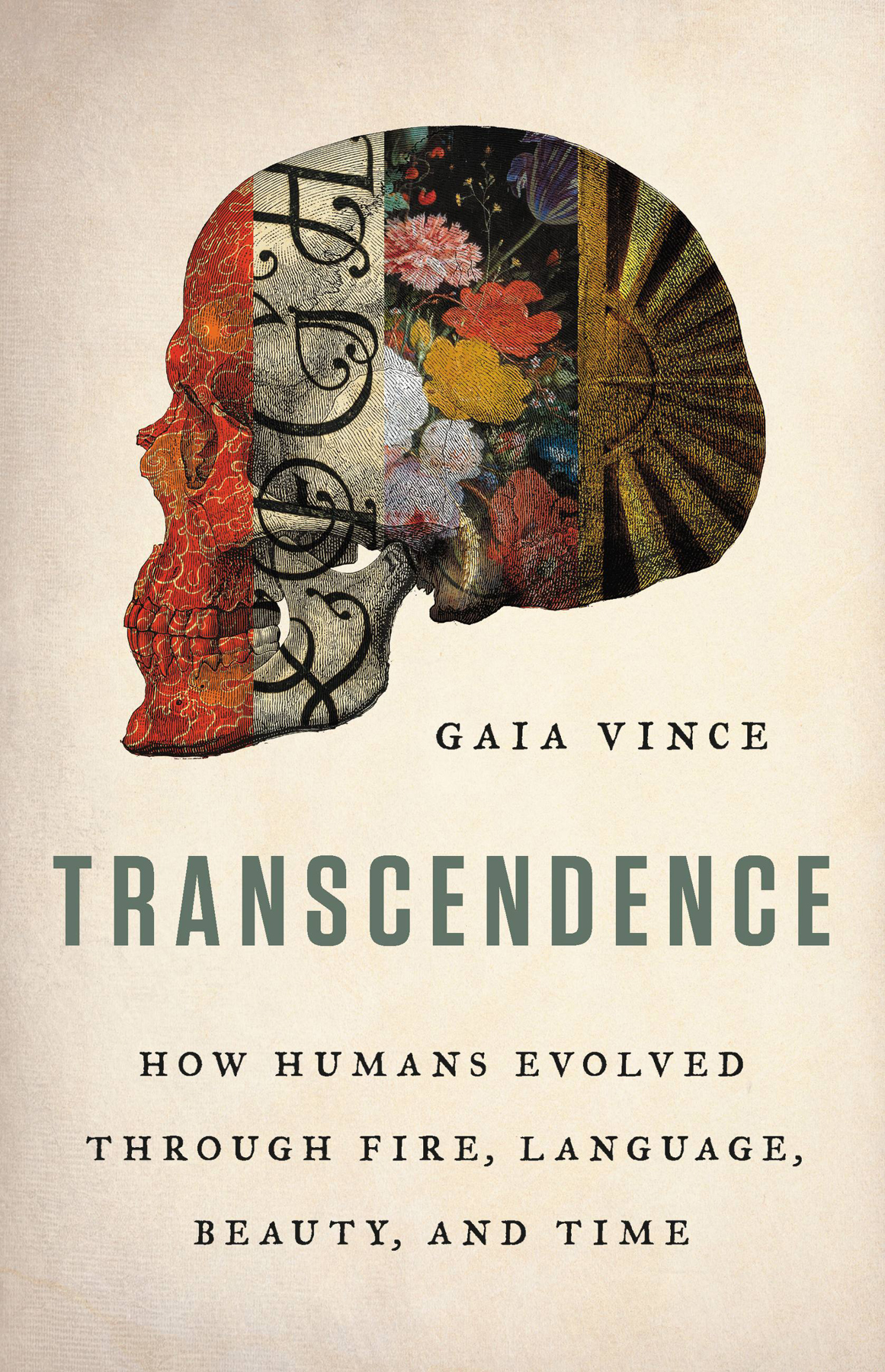W HEN NEIL HARBISSON went to renew his UK passport in 2004, there was a problem with the photograph he had provided. It should contain no other people or objects. No hats, no infant dummies, no tinted glasses.
The regulations didnt say anything about antennae.
Nevertheless, he was told to remove the accessory from his head and resubmit his application. Harbisson explained that his antenna was not an accessory, but a part of himan extension of his brainand anyway, he couldnt remove it as it had been surgically implanted. The passport was issued.
That is how Harbisson became the worlds first officially recognized cyborg.
Harbisson describes himself as the first trans-species person. Through a technological adaptation he has evolved into something elsesomething beyond a biological human, something beyond nature.
Harbisson now has extrasensory perception: he can hear colors through his antenna. He had been born a biologically compromised human, unable to see in color, as the result of a rare genetic condition called achromatopsia. Through his eyes, the world appears in shades of gray. As a 21-year-old art student, he collaborated with a couple of software programmers and a musician to develop an electronic device that would allow him to sense colors as musical notes and chords. In 2004, after a difficult search, he found a doctor who, on condition of anonymity, would implant the device.
The antenna is a black flexible wand that emerges from somewhere under his straw-blond hair at the back of his head, and protrudes up and over his forehead. Harbisson wears his hair in a severe bowl-shaped cut, shaved up at the back, so that it resembles a helmet, further blurring the line between the biological and artificial. At the front of the antenna is an electronic eye that detects the colors of the objects around him and transmits these light frequencies to a chip implanted in his skull. There, these impulses are converted to sound frequencies and Harbisson hears the colors of the world through the bones of his head.
Initially, he struggled to make sense of the overwhelming color information flooding his mind, and to discern and distinguish color sounds by their names. But, 15 years on, he lives in a fabulous Technicolor symphonyhe even dreams in color. His biological brain has merged so completely with the electronic software that he now experiences sounds, speech, bleeps, and other noise as color. He began painting peoples voices and musical compositions, from Mozart to Lady Gaga. Then he decided to expand his palette beyond the human range. Now, Harbisson can perceive ultraviolet and infrared, so that he can see objects in the dark, appreciate patterns invisible to the rest of us unenhanced humans, and even spot the UV markers left on tree trunks that animals produce in their urine. He has also upgraded his chip to allow Internet access, so he can connect to satellites and receive colors from external devices. Its an organ that is still evolving, Harbisson says.
In 2018, he had compass components fixed inside his knees to allow him to sense the earths magnetic field, and his next implant will be a crown-like device he has designed, which he describes as an organ for time. It will span his head, producing a heat spot that will revolve around his skull in 24-hour cycles, allowing him to perceive timeto, in effect, sense the earths rotation. Once his brain has accepted and integrated the new organ, Harbisson hopes to be able to stretch or speed his perception of time by altering the speed of the heat spots motion. If he wants a moment to last longer, for example, he will be able to slow the heat motion. In this way, he might even be able to change his sensation of aging, manipulating his relative experience of time, to live to 170. In the same way that we can create optical illusions, because we have an organ for the sense of sight, I think we can create time illusions if we have an organ for the sense of time, he explains.
The term cyborg was coined in 1960 by American scientists Manfred Clynes and Nathan Kline, who were describing their vision of an enhanced human who could survive in an extraterrestrial environment. Now, this fiction has become reality for Harbisson, and also for the hundreds of millions of people who rely on contact lenses, cochlear implants, artificial heart valves, and a range of other bionic aids to enhance their natural abilities. Whether integrated into our bodies or not, our tools and gadgets give us exceptional powers: we can fly without wings, dive without gills, be resuscitated after death, escape our planet to set foot on the moon. More prosaically, they are the blades that improve on our teeth and nails ability to cut our food and the soled shoes that help our feet run fast on stony ground. In truth, we are all cyborgs for none of us can survive without our technological inventions.
But, to think of us simply as a sort of smarter chimp with cool tools is to miss what is truly extraordinary about us and the way we operate on this planet. Yes, we have evolved incredibly diverse and complex gadgets, but so too have we evolved languages, artworks, societies, genes, landscapes, foods, belief systems, and so much more. Indeed, we have evolved an entire human worlda societal operating systemwithout which Harbissons antennae would not only not exist, but would also be pointless. For it is our human world that gives our technologies meaning and drives their invention. We are so much more than evolved cyborgs.


